The Kingdom of the river valley is both a tranquil oasis of ancient knowledge, and a decadent mire of forbidden secrets. A well-administered and harmonious land that’s laws are both restrictive and brutal, whilst being a festering cesspit of corruption. It is a land of dichotomy, it’s people both hold a deep pride in their knowledge and achievements, while living under the shadows of ancient terrors. Venerating life while respecting death. Magic, especially necromancy, permeates Phyraxgian society: it builds and sustains their cities, grows their food, and provides most of their entertainment, military and infrastructure.
An archaic society that dwells in vast antediluvian cities deep in the underdesert. Famed for their peculiar practices, strange gods and obsession with the dead.
Beneath the languid emptiness of a hollow sun, across the windswept dunes, through scorching heat and untold perils of the unforgiving deserts of the underworld, lay countless wonders of an age lost to the sands of time. Antediluvian temples, great obelisks and vast ziggurats stand defiantly throughout the landscape, a testament to one of the most hallowed of all the Dral’azie creeds, the ancient Phyraigans. The Phyragians are indigenous to the lands of Phyraxgia that bears their name. Phyraxgia lays the in furthest reached of The Dsja'taresh Desert, comprised of the verdant Nirkana valley and river delta that brings life to these desolate wastes, of bleached bones and endless sands.
The people of this isolated desert kingdom are proud, sophisticated and noticeably xenophobic with a fervent credence of their own cultural superiority and dominated by the vehement dogma of their monotheistic pantheon of deities. Steeped in remnants of forgotten histories, and deep rooted traditions in forbidden Dark Magic. Settled in the verdant Nirkana valley, their entire civilisation relies on the enchanted waters of the Nirkana river that brings life and protection from an otherwise inhospitable wastelands. This dichotomy between life and death runs so deeply throughout their society on more levels than most Phyraxgians are even aware of. Possessing a morbid obsession with death, immortality and necrotic lore, constructing vast tombs for their mysterious mummies. To outsiders they are perceived as imperiously arrogant and a g humourless people, the overall attitude of most Phyraxgians is one of numb resignation. A reputation that is hardly diminished by a self-certified belief that they are the true heirs to the lost Kingdom of Veilnakarah. In the eyes of a Phyraxgian rest of their so called kin are uncivilised, impetuous barbaric mongrels whom they only interact with them when it is deemed a necessity.
…When you approach a Phyraxgian for the first time there are two sensations that immeiately wash over you. The debilitating gripe of your own inferiority as they look down their nose at you, and the cold clammy chill of death breathing down your neck…

Society and Culture
Death to Phryaxgians is essential, for without death there is no life, no renewal, no cycle.
Harking back to the bygone days of the ancient kingdoms of the old world, Phyraxgian society is a twisted reflection of what it once was. Phyraxgians are proud of their heritage and all the knowledge and accomplishments of their ancestors that others mistake for arrogance. History is important to them, their customs and traditions are deeply integrated with their morbid fascination with the afterlife and the forbidden arts, born out of their unnatural aptitude toward Dark Magic.
The presence of the undead is a normal, everyday occurrence. Most Phyraxgian children grow up accustomed to the grim and dark aspects of life, surrounded by undead servitors, carefully wrapped and embalmed and adorned with ensorcelled cartouche that is embedded into their sternum. These mummies attend to the daily life of Phyraxgian cities and settlements, being little more than tamed zombies. Legions of skeletal solidary patrol city walls and streets whilst strange undead constructs wait pensively for the commands of their masters. As a result Phyraxgians become completely detached from the concept of death at a young age. To most Phyraxgians, the veil between life and death is one and the same, a consequence leading to their bleak and macabre demeanour, has made them apathetic and cynical even among Dral'azie.
While most view their veneration of death and obsession with necromancy and the afterlife an abhorrent and grotesque practice. To a Phyraxgian it is a way of life, death is not viewed in the same linear narrative and finality that most perceive it to be. In their culture life and death are one and the same, two parts of the same whole. Death is a celebration, from life is born death and from death is born the afterlife.
Prolific in Dark Magic and necromancy, their mastery of sorcery permeates every aspect of Phyraxgian society. Priestly and oracular magic is practiced almost exclusively by women, and is considered to be the most valued kind of magic. The traditional schools of magic are practiced mostly by men. While female and a select few male Neophytes are instead chosen to concentrate on the higher aspects of the art, apprenticed by sorcerers in long, often gruelling training and secretive ceremonies. So predominate is it that even the lowliest slave has a general air of indifference when around magic. They use it to build and sustain their cities, grows their food and provides most of their entertainment, infrastructure and the day to day trappings of life within the Nomes of their cities and settlements. Many Phyraxgians seem jaded when compared to others, it takes spectacular or unique magic to perk their interest.
Where the Dral'azie are famed for their cultural aesthetic of Suulvite decorative webs and spider motifs, Phyraxgians are for their use of scarabs throughout theirs.
A People of Necromancy and Sorcery.
Pyraxgians are masters of occult secrets and necromantic lore. Their scholarship is legendary and their mastery of the dark arts is without equal anywhere in the known world.
It is one thing to be of noble blood, but it is entirely another to wield magic. Sorcerers and those that wield supreme power over the arcane of magic are held in the highest regard. Yet few reach the pinnacle of their art due to the dangerous nature of the Dark Magic that Phyraxgian sorcerers are famed for. Typically few dark mages ever reach the point where they can fully control and master their gifts. Most Neophytes succumb to the allure of seeking out more and dangerous powers until their hubris consumes them; mind, body and soul, leaving naught but an empty husk. These are the dark trappings and doomed paths many weak-willed sorcerers and dark mages may succumb to. It is why those powerful sorcerers, priestesses and mages that survive this arduous path are regarded as elite members of society. Held in the greatest esteem, both out of fear and reverence, due to their ability to wield powerful magic and hold dominion over their art. Whereas these ancient practices are typically practiced by females, the traditional schools of wizardry are practiced mostly by men.
Phyraxgian sorceresses are few and far between. It was once explained by my dear colleague Tai'Atef that due to the dangerous nature of Dark Magic, few Phyraxgian mages ever get to the point where they can fully control and have mastered their gifts, for most, their power consumes them; mind, body and soul.
Phyraxgian Immortals.
Phyraxgian nobility do not simply die, they see themselves as above such a trivial inconvenience like dying. Instead, they ascend becoming the Immortals, Iitches, most become liches and retire to tombs and necropolises with servants to slumber. Leaving the way open for the next of their lineage to ascend. Their sleep is only to be interrupted when great need arises or a Nomarch seeks their guidance and wisdom.The influence and prestige of Phyraxgia's formidable necromancers and the enigmatic order of white necromancers of its mortuary cults grew as the civilization became obsessed with death and the concept of immortality in the afterlife. To Phyraxgians, life is perceived to be only the beginning of one's journey, a prelude to the perfection that awaits in the afterlife promised by Nekkahra. The nobility are renown for having their own personal mausoleums within noble households. Within these are venerable mummified house elders; undead members of the houses nobility that slumber and are only awoken in times of great hardship or when the houses ruler needs experienced council and advice.
Phyraxgian Anatomy
Reminiscent to the dusky skin and dark hair of their ancestors, like most Dral'azie, the Phyraxgians appearance has altered from centuries of exposure to the abyssal taint of the underworld and the effect of the Hollow sun of the Dsja'taresh. Phyraxgian eyes are normally red or orange, with some, usually in the lower orders, possessing blue pigmentation. Then there are individuals with piercing green eyes, a tell-tale sign that one either has a strong heritage of Necromancy in their lineage, which is typically brought out as a result of dabbling in the Necrotic arts.Distinctly recognisable for their anachronistic appearance, Phyraxgian apparel seems like an a antiquated relic of the past. Pyraxgians are frequently seen adorned with magnificent golden jewellery due to the kingdom's immense riches and abundant supply of gold. Their elaborate archaic jewellery and clothing is unlike anything found in other Dral'azie societies. Phyraxgians wear little to no clothes due to the dry, hot climate. The attire worn by the nobles is thin, and the finer the silk, the closer it comes to becoming transparent. Because of Phyraxgia's wealth, silk is a popular material for clothing, and linen is another prevalent material for clothing used even by slaves. The wealthier a member of Phyraxgian society, the more ornate and ostentatious the clothing becomes. Renowned for their beautiful collars and ornate chokers, as well as their extravagant neck covers. In their culture, exposing one's neck openly is regarded as indecent and lowborn. Collars are often indicative of one's magical position in society; a standard collar worn around the nape of the neck is for individuals who have received a rudimentary magical education, which is quite vague in and of itself. A half collar represents a fully-fledged magius, whereas a full collar is adorned by the Sorcerer elite.
The majority of Phyraxgians shave their heads and wear wigs in order to emulate the Nomarchs and elites of phyraxgian society to increase their own social standing. Only the wealthiest Nobles can keep their hair in the traditional way, therefore keeping one's natural hair is a sign of power and authority. Henna is a dye used to redden fingernails and hair. Kohl is a black powder that is used to line the eyes, fill in the brows, and deepen the lashes. Phyraxgian women, in particular, are known for their extravagant eye makeup. Particular patterns, which were originally a Veilnakarii tradition, express devotion to an aristocratic family, coven, or religious group to whom they are affiliated. During the later days of the Isolation era, the religious groups of Dral'grondi adopted this practice as well.
Table Of Contents
History.
Society and Culture.
Social And Political Structure.
Symbolism.
A People Of Necromancy And Sorcery.
Customs And Traditions.
Phyraxgian Anatomy.
Phyraxgain Martial Tradition.
Religion And Belief.
The words Phyraxgia and Phyraxgian, comes from an ancient Veilnakarii word for "Peoples that serve the sunless depths". Most likely referring to Aulreth, or Nekharahs domain in the abyssal realm.
Encompassed species
Related Organizations
Related Locations
Naming Traditions
Common Male Names; Azhar, Bakt, Basit, Ctesphon, Jabril, Kamoses, Menes, Thutmekri, Zakaria.
Common Female Names; Akivasha, Asenath, Enehy, Fara, Imiu, Isetnophret, Kalasiris, Miw-Sher, Netikerty, Orisa, Rajani, Sadeh, Thalis, Yunet.
Notable Members
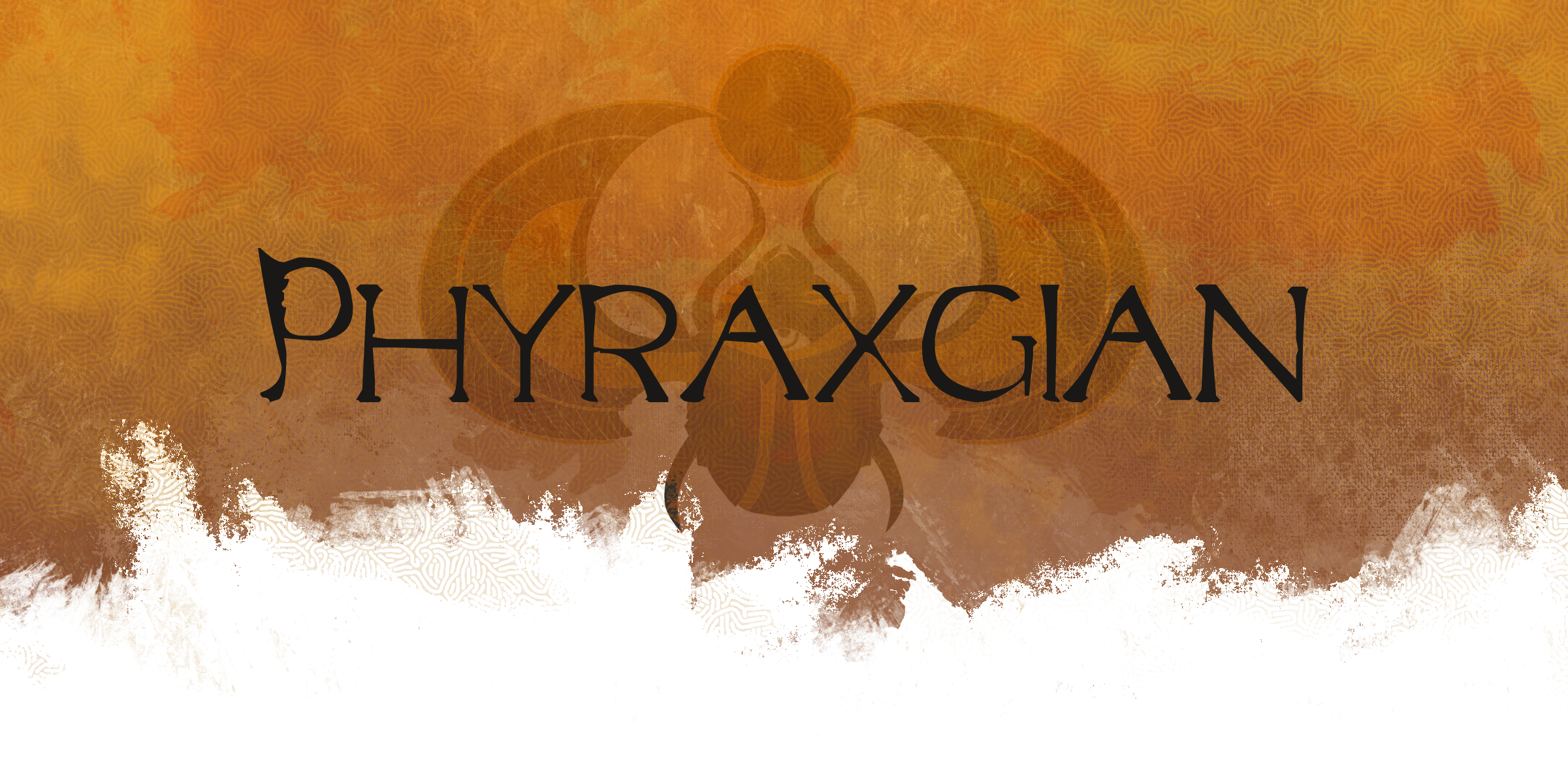

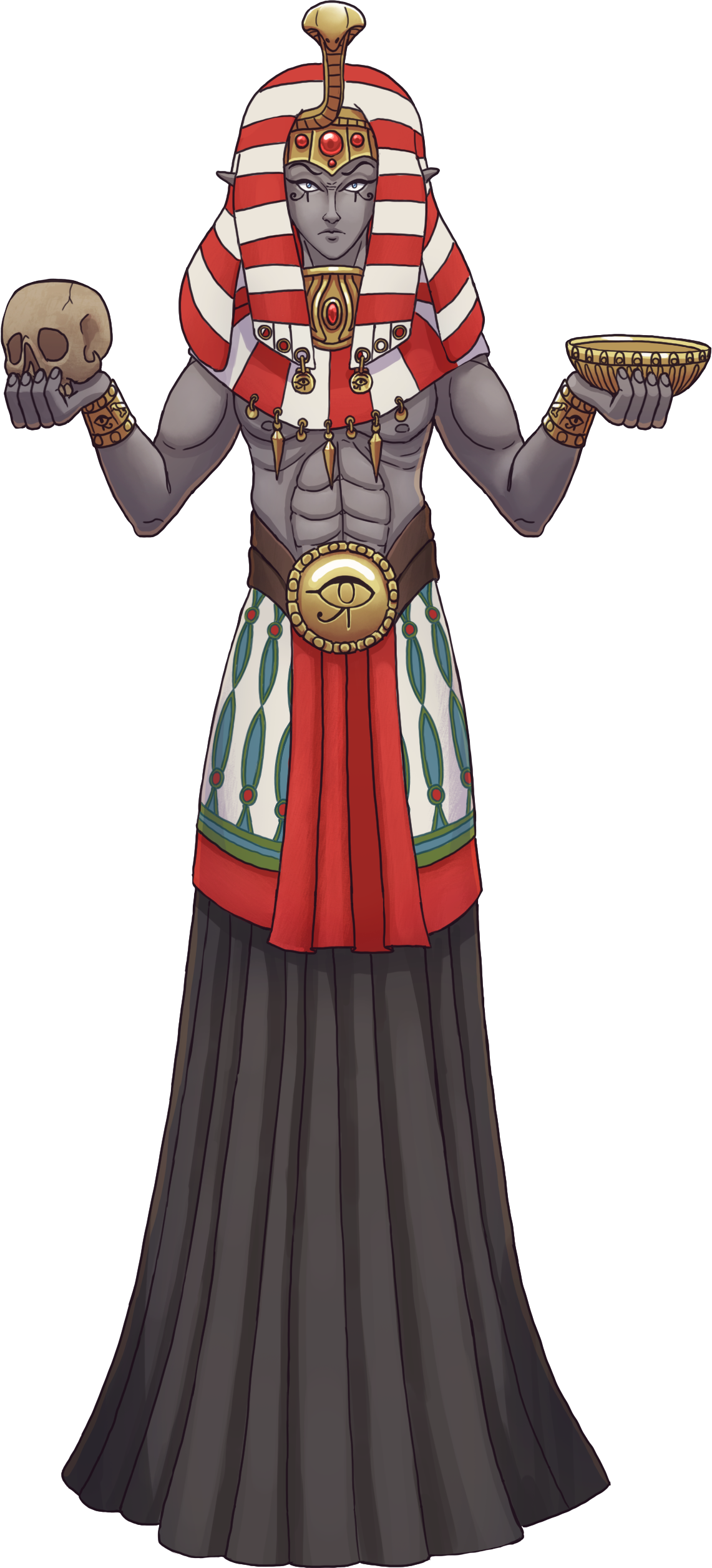
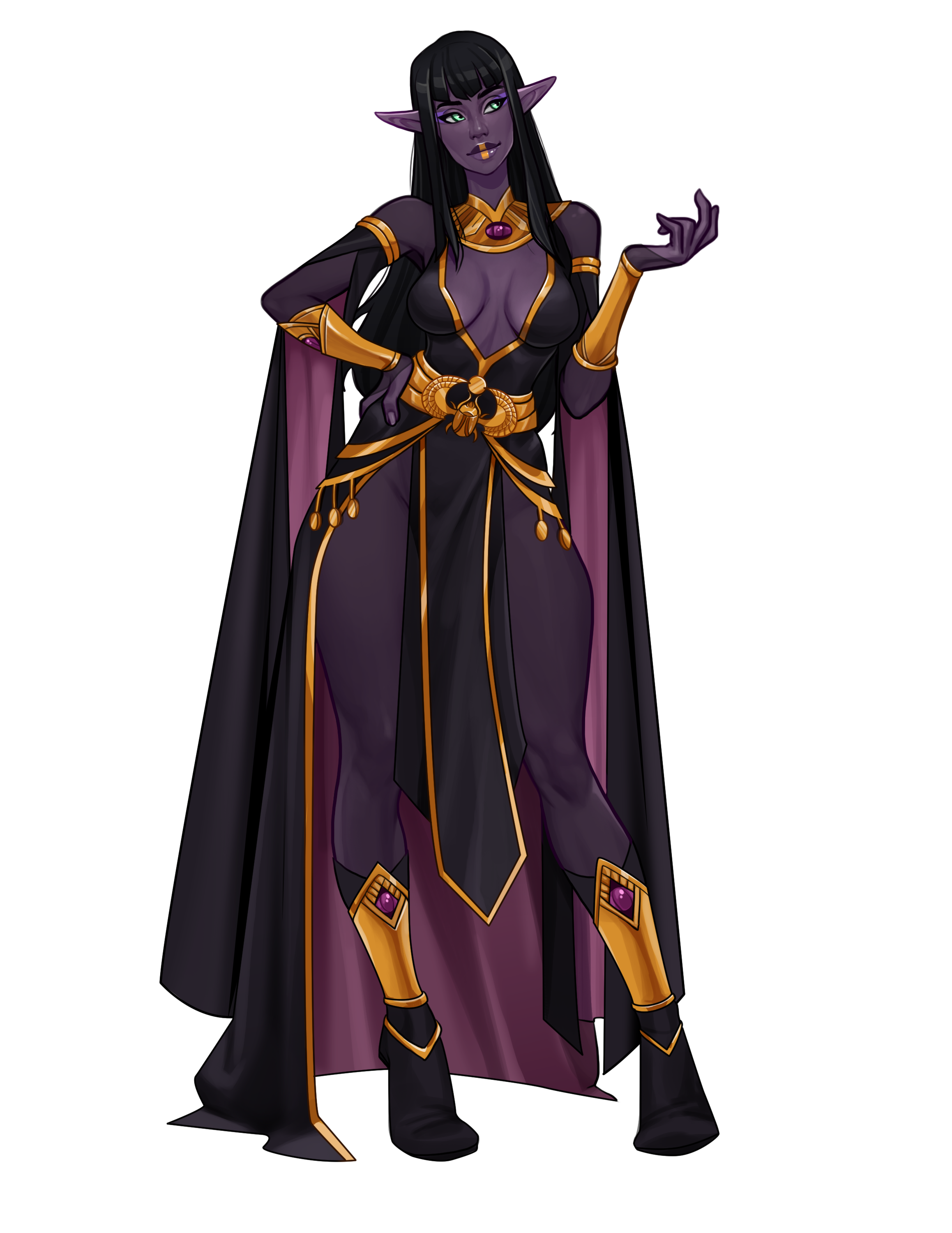
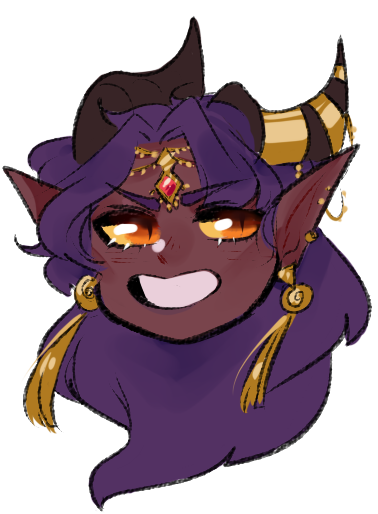


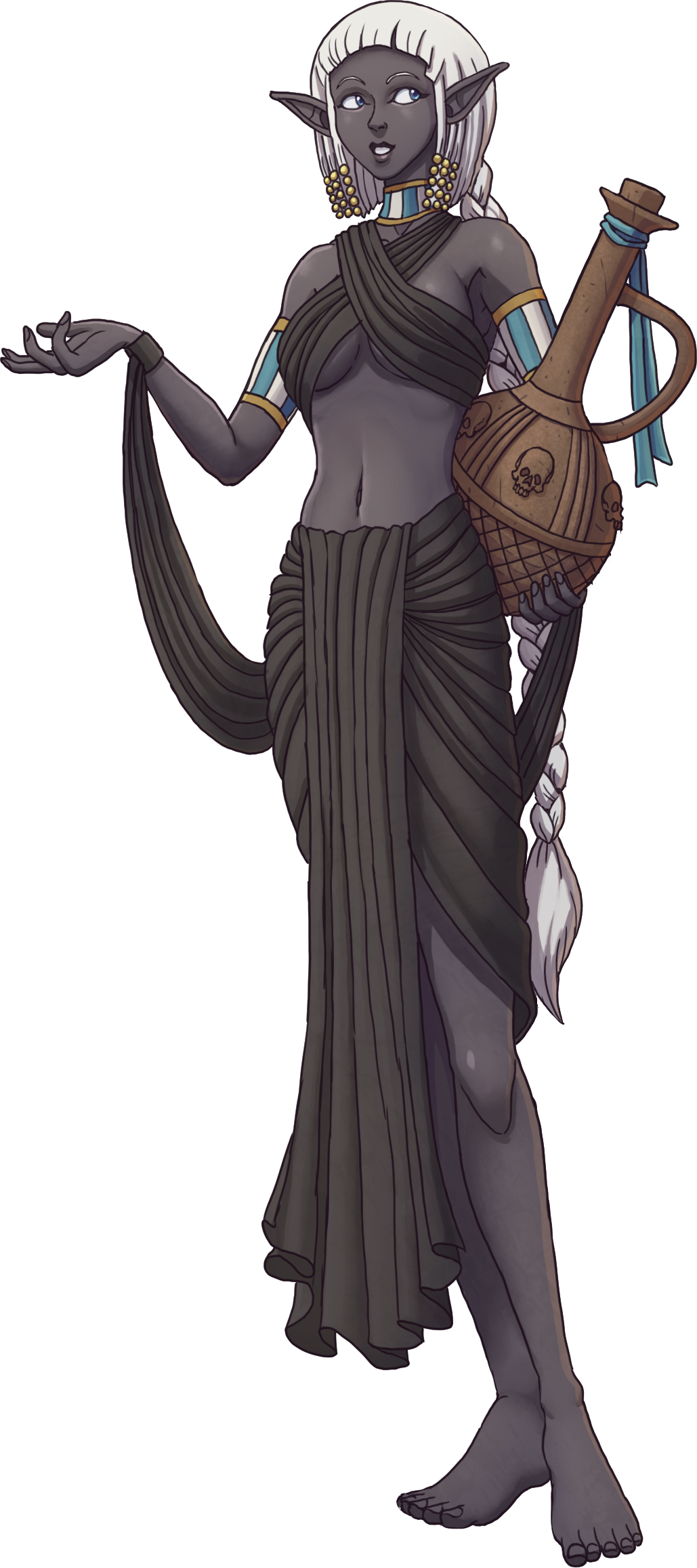
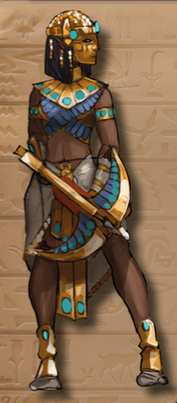
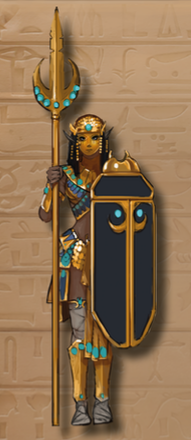


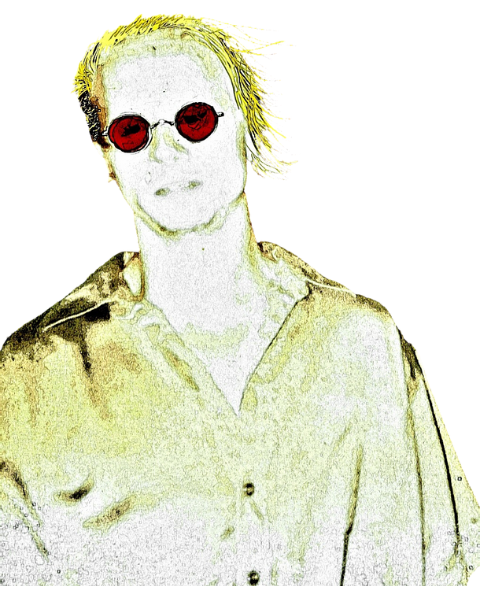
"Beneath the black emptiness of the hollow sun, blistering heat, endless dunes and bleached bones that litter the unforgiving Dsja'taresh Desert, lay countless wonders of an age lost to the sands of time." it's corny and I love it :P
Sometimes you just can't avoid a good trope!